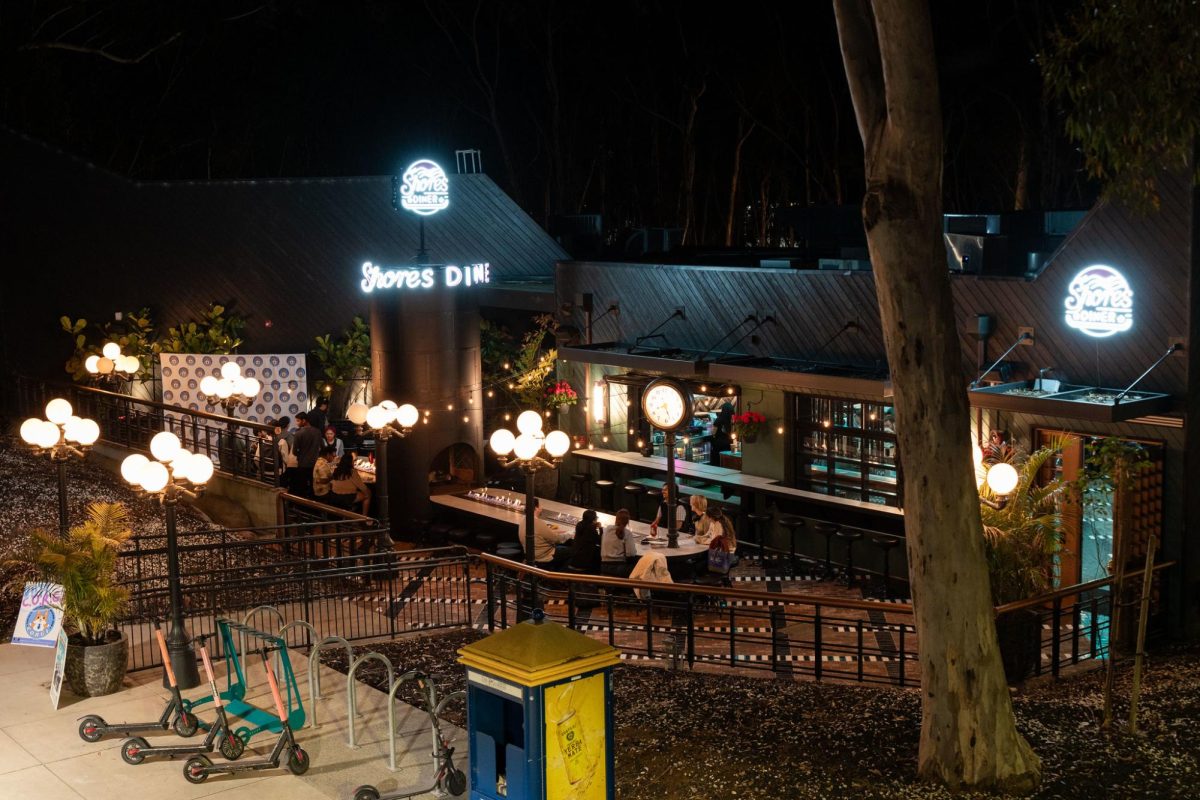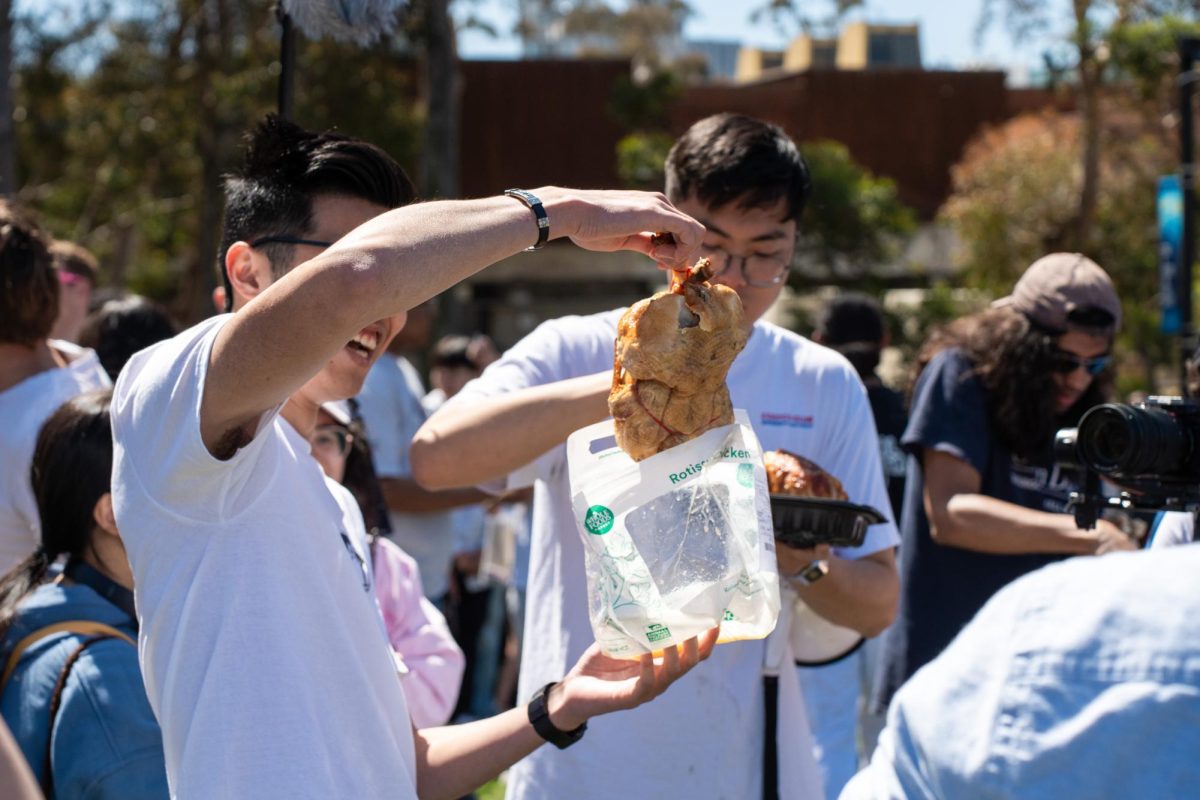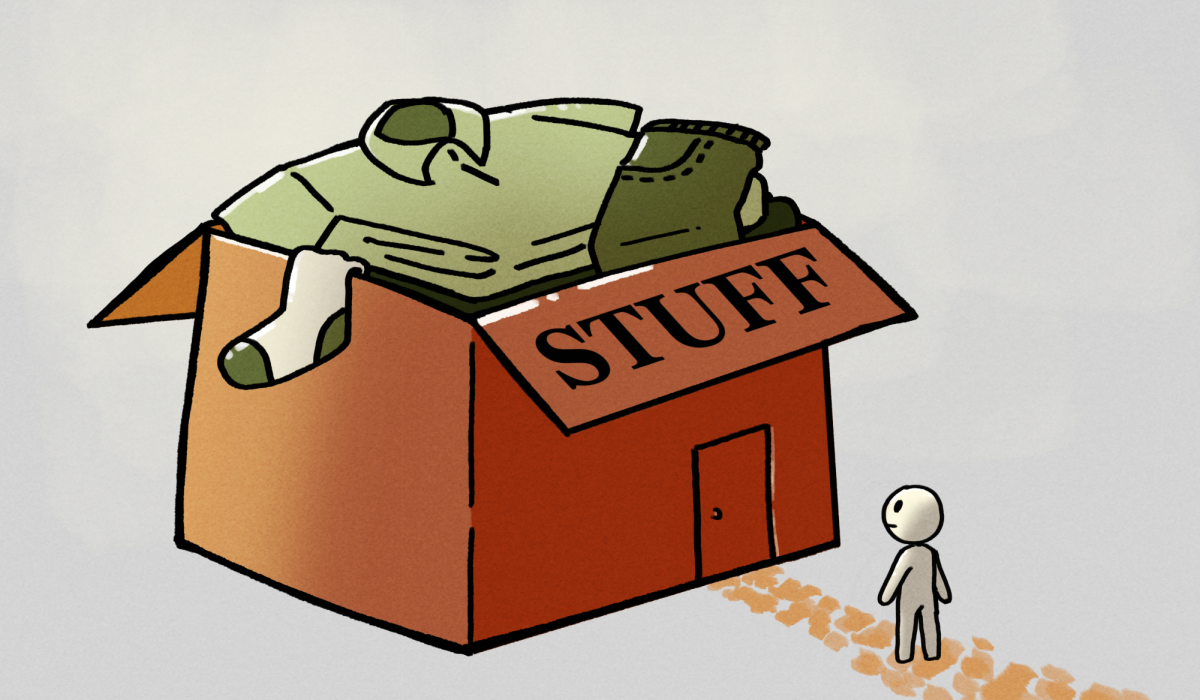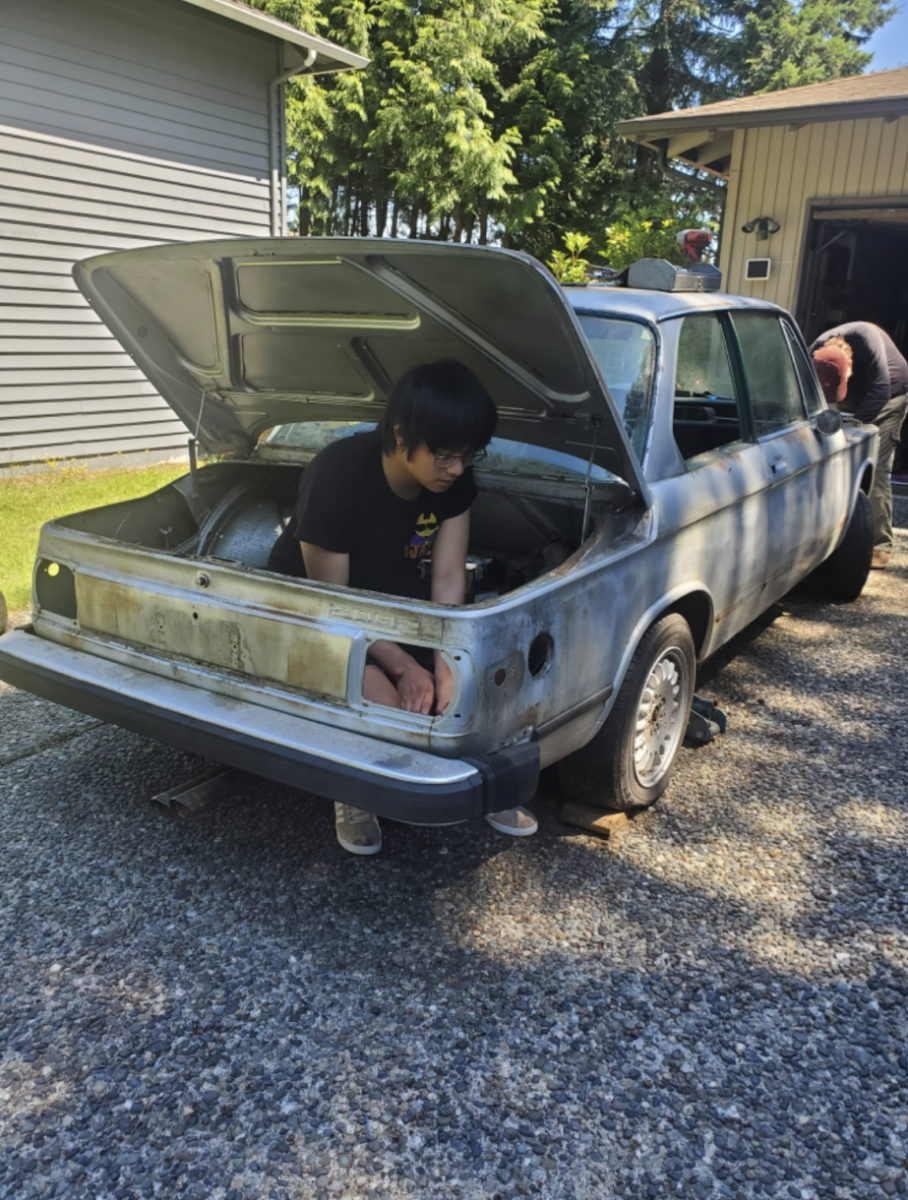“Fiercely independent” student radio station KSDT has given up on plans to obtain an FM frequency. Station managers are now looking to build a radio tower to pursue an AM frequency instead.
KSDT station co-manager Meredith Wong said that the AM tower would cost approximately $100,000 and that she hoped it could be located in a central area of campus — although she was unsure where that would be.
“We’re really serious about it, but we haven’t started much of the research,” Wong said.
According to KSDT executive-at-large Marcus Rosario, the station met with Communications General Corporation consultant Robert Gonsett on April 7. Gonsett has also advised campus media outlets such as Triton Television and UCSD-TV, the administration’s official TV station.
Gonsett said it is highly unlikely KSDT will be able to acquire an FM frequency, due to a high concentration of frequencies in the city of San Diego and across the U.S.-Mexico border. Rosario called UCSD a “black zone,” meaning there are already too many radio stations with high-power FM transmitters in the area for a new station to compete.
Gonsett said the last possibility for KSDT to obtain an FM frequency would be if the UC Board of Regents were to purchase a failing local station, 107.5, but that the likelihood of that is very low.
“FM is still a really big longshot,” Rosario said.
Alternatively, Rosario is looking into possibilities suggested by Gonsett such as HD radio — like Sirius and XM —, AM radio or broadcasting the station’s programming over UCSD-TV.
Of these options, Rosario said he believes KSDT’s best bet is to go after an AM frequency.
Wong said that because AM stations broadcast music at a lower frequency, and thus lower quality, they are not as commercially profitable as FM stations and are therefore easier to obtain.
In addition, she said that applying for an AM station would be a lot simpler. On FM, KSDT would need to have both a tower and base station approved by the Federal Communications Commission, while an AM frequency would require a license for the tower only.
Wong added that Gonsett told KSDT managers about a loophole that would allow them to broadcast their material without censorship.
“The tower would have to be licensed, but if we only broadcast within the circumference of the campus, there’s a loophole for college campuses, and we wouldn’t have to get a license,” she said.
Rosario agreed that an AM station is the most feasible option for KSDT.
“At this point, we are going to pursue AM radio,” he said.
However, Wong said that — as there are only four weeks left in the 2009-10 academic year — it is unlikely KSDT will acquire an AM frequency before next fall. She said the station will prepare the necessary paperwork over the summer, including filing an application with the Federal Communications Commission.
“We do have to apply with the FCC, but it’s not as heavy as an FM application,” Wong said. “There are a lot of people who are involved, but it’s starting the process of [talking] to the right people.”
Rosario said the project will be expedited by the fact that both he and Wong will be returning to UCSD next year. He said they hope to make their AM debut early next year.
“We want to get the project rolling in the beginning of Fall Quarter, so we’ll have more momentum from hype and incoming members,” Rosario said.
Rosario said the station will rely on student fees — allotted by A.S. Council — to fund the project, which includes hiring more consultants to advise AM station managers through the process, a legal representative to provide details about broadcasting on campus and updating KSDT’s equipment to work with the tower.
A.S. Associate Vice President of Student Services Meredith Madnick, who works with organizations such as KSDT and TTV, said she supports KSDT’s endeavors.
“With a bigger amount of money, it would definitely have to be something that we would have to present to council, and see if that’s something that they want to fund for when the time comes,” Madnick said.
KSDT is unsure of how much the process will cost and will make a proposal to the A.S. Council Fall Quarter of next year.
“[The cost] needs to be evaluated , like how much that will be,” Madnick said. “And it will be a huge chunk of money out of our mandate reserves. So, with this new council, I don’t know how they see it in terms of a funding priority.”
Wong said she has plans to talk to councilmembers, UCSD administrators and the regents about the tower.
“Land is really hard to obtain on campus, because a lot of people want land, and there are different guidelines for construction,” she said. “We’d have to meet with people to figure that out.”
Vice President of Finance and Resources Andrew Ang said he will need to see a concrete budget proposal before deciding how much money the A.S. Council is willing to give KSDT for the tower. However, he said the student radio station will be a “top priority” next year.
“When the budget is presented Week Nine, we’ll be able to look at it more,” he said. “The budget for the next fiscal year hasn’t been put out yet [by A.S. President Wafa Ben Hassine], but I understand this has been a priority for the past year. I really want to look at how feasible it is, and how the turnout would be for students.”
Additional reporting by Ayelet Bitton.
Readers can contact Jake Boissonault at [email protected].







